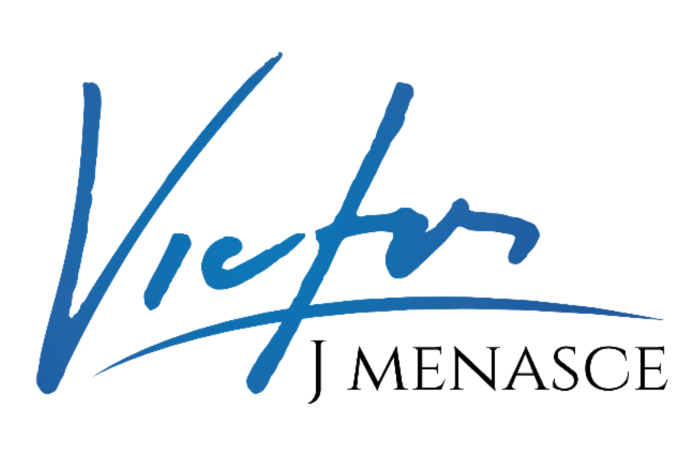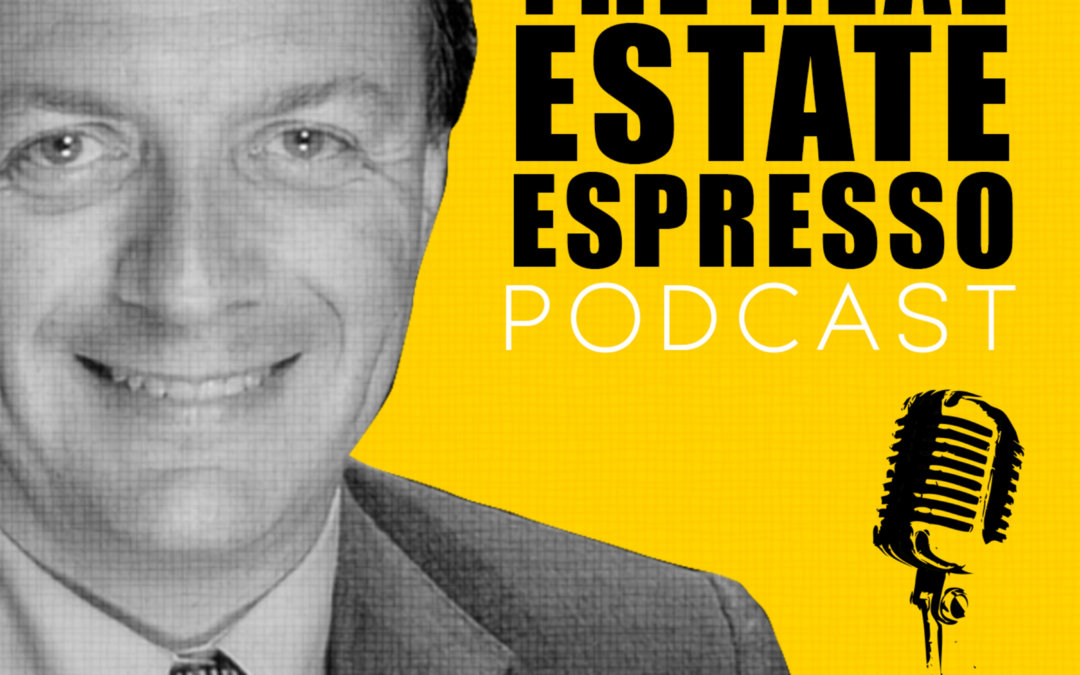We’ve been hearing for months how interest rates are going down and how the Federal Reserve is going to maintain rates at near zero levels until well into 2022.
That all sounds like good news for real estate investors who are looking to borrow funds at the lowest possible interest rates.
As we’re talked about before, the interest rate charged by the banks is often tied to one of two benchmark rates.
Shorter term loans and variable rate loans are usually tied to a short term benchmark like LIBOR which is the London Interbank Overnight Rate.
Permanent financing is usually tied to the yield on the 10 year US Treasury Bill.
When the Congress enacted legislation back in March to protect the US economy that involved a massive amount of printing of money. The total in new spending was $2.3T dollars. Most of that money was issued in the form of Treasury Notes having a short term of one year or less. As those notes become due, they are being repriced as longer term debt which carries with it a less frequent need for renewal.
Over the past 80 days, the yield on the 10 year treasury has gone from 0.52% to 0.79%. That increase in almost 1/3 of a percentage point translates into interest rates for permanent financing that are 1/3 of a percentage point higher.
There are three scenarios to consider.
1) A Republican sweep of the White House and both chambers of government
2) A split of the chambers of Government. It may not actually matter as much who wins the White House.
3) A Democratic sweep of the White House and both chambers of government.
Let’s look at all three of these scenarios. According to the polls, a Trump victory in the White House is looking less likely. It’s highly unlikely that Republicans would win all three. Whether Joe Biden or Donald Trump is the next President, both will continue printing money. The big question is how much.
The second scenario with a split between the House and the Senate will result in legislative gridlock. We’ve seen that in the past 7 months with no new money being pledged to recover from the pandemic. The level of acrimony between the parties has become the new normal in government.
The third case, involving a Democratic sweep of the White House and both chambers of government has the potential to unleash an unprecedented level of spending. It’s that third scenario that has the markets worried. We are already seeing signs of inflation even though it’s being downplayed by politicians. Inflation is the hidden tax that most people can’t isolate. When a can of tomatoes at the grocery store goes up by $0.50 most people blame the grocery store for the price increase. They rarely put the blame on the Secretary of the Treasury, or the Chairman of the Federal Reserve, or their representative in Congress.
When those trillions of dollars get printed, the debt goes somewhere. So far, the US has been able to export the debt over the past 30 years. China’s central bank and Saudi Arabia have been willing buyers of all that debt. But the willingness of those countries to fund US deficits seems to be evaporating.
For now, we’re in the middle of a global pandemic. All economies are suffering. When asked the question about which currency to buy, there doesn’t seem to be a stronger currency emerging. The Euro is in bad shape, the Yen is hopelessly over-leveraged, and international investors are not about to put their trust in the Chinese Central government.
As we get closer to the election, and even after the election whoever wins we can expect the yield for 10 year Treasuries to go up. You have a small window in which to lock in historically low interest rates. Even if the Fed keeps rates low, I believe Treasury yields will go up, and therefore interest rates for investors.



